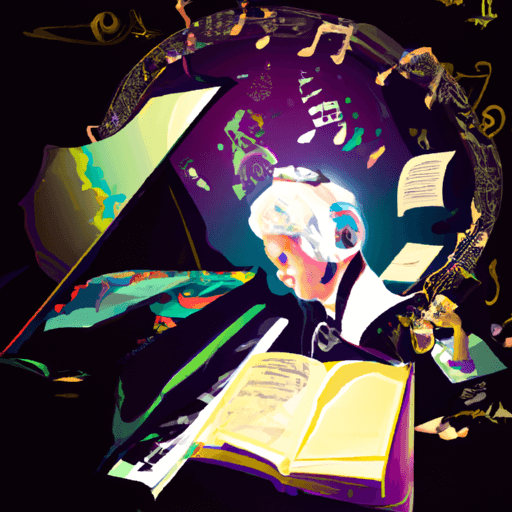Influence of Classical Music on Modern Pop Culture: An In-Depth Analysis
Classical music, a genre that dates back to the 11th century, has played an exemplary and influential role in shaping modern pop culture. Though contrasted by many for their distinct styles and compositions, a closer inspection reveals a nuanced interplay between both genres that has transpired over the years, influencing melodies, rhythms, and compositions in contemporary pop culture.
Historical Interplay
Classical music, often characterized by its complex musical forms and the depth of emotional expression, has provided a structural groundwork on which modern pop music has thrived. Terraced dynamics, melodic complexity, and harmonious rhythm - hallmarks of the classical genre - can be found interweaved in popular music, adding a new level of richness to pop culture.
Common Elements
At the heart of both genres lie the universal elements of music - melody, harmony, and rhythm, albeit presented in unique formats. While classical music predominantly emphasizes harmony and extensive melodic development, pop music utilizes catchy repetitive melodies and strong, rhythm-heavy beats. However, one can still trace the influence of classical's rich harmonic textures and intricate melodies in the landscape of pop music.
Pop Songs Influenced by Classical Compositions
Certain pop songs have taken more direct influence from classical music. Barry Manilow’s 'Could It Be Magic' draws heavily from Chopin’s Prelude in C minor, while the Beatles' 'All You Need Is Love' features an excerpt from Bach’s 'Brandenburg Concerto No.2 in F'. The popular 'A Whiter Shade of Pale' by Procol Harum contains a melody lifted from Bach's 'Orchestral Suite No.3'
The Impact of Classical Music on Pop Icons and Music Industry Trends
Several pop culture icons have acknowledged and demonstrated their affinity for classical music. Freddie Mercury, an iconic rock singer, introduced operatic elements in several tracks of his band 'Queen', manifesting the exquisite intermix of classical concepts into rock music.
Classical music has also influenced large-scale music industry trends. The rise of 'Baroque pop' in the mid-1960s, which merged pop-rock with classical elements, is one such example. 'Chamber pop', a subgenre that emerged in the 1990s, employed stringed instruments, woodwinds, and other orchestral elements reminiscent of classical ensembles, demonstrating how classical music has remained deeply intertwined with the evolution of pop culture.
In conclusion, the influence of classical music on modern pop culture is profound and pervasive. Behind the catchy hooks and compelling beats of pop songs, one can often find the subtleties of classical melodies, harmonies, and rhythms, creating a rich musical tapestry that continues to evolve.















Comments
Leave a Comment